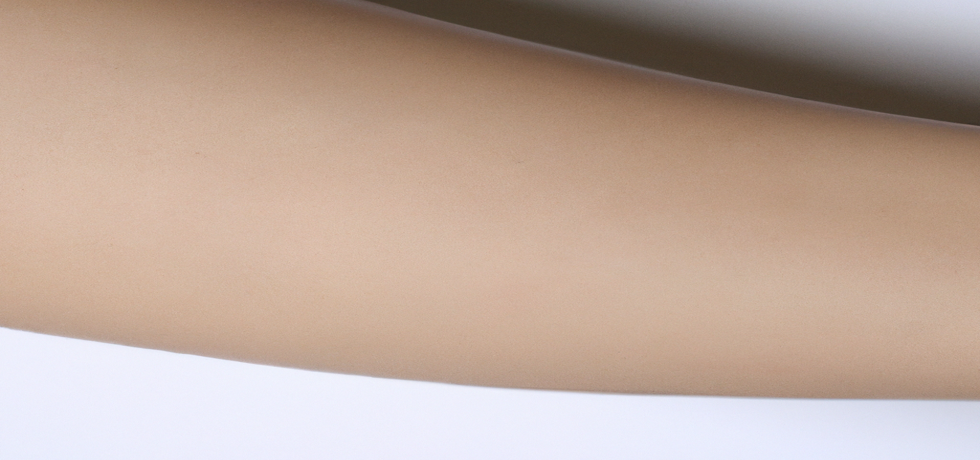
9 Effective Tips to Manage Eczema Symptoms
Understanding Eczema
Eczema, also known as atopic dermatitis, is a common skin condition that causes red, dry, and itchy skin. It can occur at any age but often begins in childhood. Managing eczema symptoms effectively is essential for improving comfort and quality of life. While there is no permanent cure, following certain tips can help alleviate the symptoms and prevent flare-ups.
1. Use Moisturizers Regularly
Keeping the skin hydrated is crucial for anyone experiencing eczema symptoms. Regular use of moisturizers helps to nourish and protect the skin barrier. Look for products that contain ingredients like glycerin or ceramides, as these can support a healthy skin barrier and minimize moisture loss.
2. Identify and Avoid Triggers
Everyone’s eczema is different, and various triggers can cause flare-ups. Identifying these triggerssuch as certain soaps, fabrics, or foodsis vital in managing eczema symptoms effectively. Maintaining a diary to track flare-ups can reveal patterns that help you avoid specific irritants in your daily life.
3. Opt for Gentle, Fragrance-Free Products
Harsh soaps and heavily scented products can irritate eczema-prone skin. It’s best to choose gentle, fragrance-free cleansers and skin care products. This way, you decrease the chances of irritation and support your eczema treatment plan through careful product selection.
4. Stay Cool and Comfortable
Heat can exacerbate eczema symptoms, leading to increased itching and discomfort. To help manage eczema, wear breathable fabrics and keep cool by avoiding hot showers or baths. You may also find relief by using a humidifier in dry weather to maintain skin moisture.
5. Incorporate Anti-Inflammatory Foods
Your diet can significantly impact inflammation levels in the body. Incorporating anti-inflammatory foods like fatty fish, leafy greens, and berries may help in reducing eczema symptoms. Paying attention to your diet and making changes can contribute to more effective eczema management.
6. Practice Stress-Relief Techniques
Stress is a common trigger for eczema flare-ups. Engaging in stress-relief techniques such as meditation, yoga, or even simple breathing exercises can improve your overall well-being and help in controlling eczema symptoms. Taking time out for yourself is key in managing the emotional aspects of the condition.
7. Utilize Over-the-Counter Remedies
Many individuals find relief from eczema symptoms through over-the-counter products. Creams containing hydrocortisone can help to reduce inflammation and itchiness. However, long-term use should be managed under a dermatologists guidance to avoid side effects.
8. Explore Phototherapy Options
For persistent eczema symptoms, some patients may benefit from phototherapy. This treatment involves exposure to controlled doses of ultraviolet light, which can help decrease inflammation and itch. Consulting with a specialist at The Skin Artistry can provide you more information on this option.
9. Consult with a Dermatologist
For those struggling with severe or persistent eczema, seeking professional advice is crucial. A dermatologist like Dr. Hital Patel at The Skin Artistry can provide tailored treatment plans, including prescription medications and specialized therapies to manage eczema symptoms effectively.
In Conclusion
While dealing with eczema can be challenging, these tips provide a pathway to managing symptoms. By incorporating lifestyle changes, making informed choices about skin care, and consulting with professionals, you can take control of your skin health. Remember, what works for one person may not work for another, so staying vigilant and adjusting your strategy is vital.
FAQs About Eczema
Q: Can eczema heal completely?
A: While there’s no permanent cure, effective management can significantly reduce symptoms and improve quality of life.
Q: What should I avoid to prevent flare-ups?
A: Common triggers include soaps, certain fabrics, dust, and food allergens. Identifying your specific triggers is crucial.
For professional assistance and expert advice from leading dermatologists like Dr. Hital Patel, experience the benefits of 9 Effective Tips to Manage Eczema Symptoms with Hair & Skin Specialist Dr. Hital Patel at
The Skin Artistry. Our clinics in PDPU Gandhinagar, Vastrapur Ahmedabad, and Hyderabad (Visiting Consultant) offer top-quality care and personalized treatments. Visit us today to learn more about our services and take advantage of our special offers! For more insights, updates, or to collaborate, stay connected with
The Skin Artistry.











